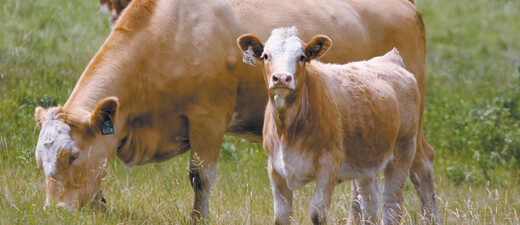Lifestock Tax Deferral Provision

Regions are designated under the Livestock Tax Deferral provision when forage yields are less than 50% of the long-term average as a result of drought or flooding, and when the region is large enough to have an impact on the industry.
The Livestock Tax Deferral provision allows farmers who sell part of their breeding herd due to drought or flooding to defer a portion of sale proceeds to the following year. To defer income, the breeding herd must have been reduced by at least 15%.
- Where the breeding herd has been reduced by at least 15%, but less than 30%, 30% of income from net sales can be deferred.
- Where the breeding herd has been reduced by 30% or more, 90% of income from net sales can be deferred.
For more information on the Tax Deferral Provision visit Agriculture and Agri-Food Canada. For questions related to calculating and/or reporting income deferral for Prescribed Drought/Flood Regions for income tax purposes, please contact the Canada Revenue Agency (CRA).
